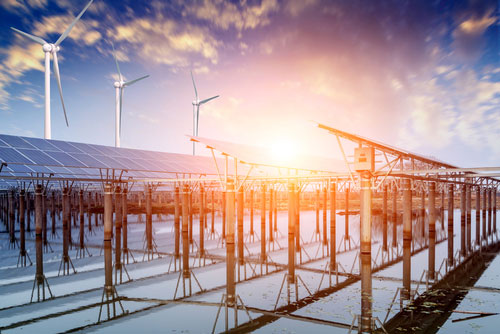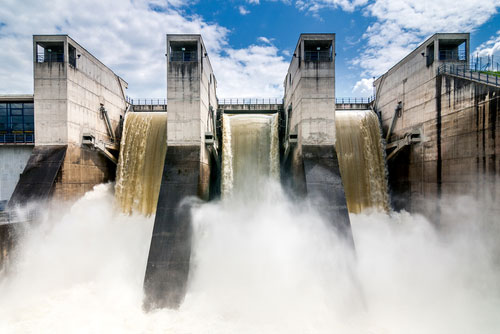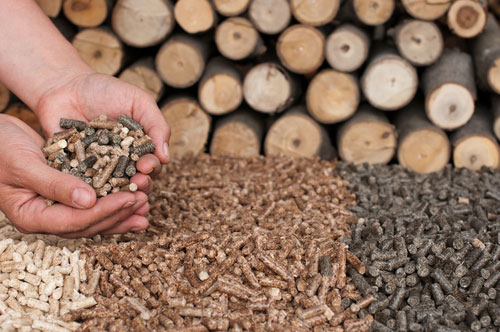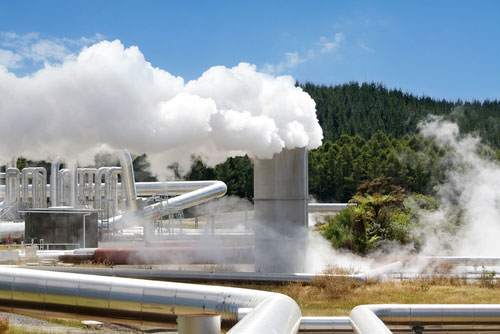Hãy nhập câu hỏi của bạn vào đây, nếu là tài khoản VIP, bạn sẽ được ưu tiên trả lời.

hours? Have you witnessed any driver acting aggressively toward other people on the road? If yes, you have probably witnessed a case of road rage.
Road rage is aggressive or angry behavior of a driver in a road vehicle. Road rage includes rude gestures, verbal insults, physical threats or even dangerous driving methods. Those behaviors intend to release stress and frustration of the angry drivers. Road rage can cause noisy arguments between drivers and more seriously, physical attacks. That may result on severe injuries or even death. There are many reasons of road rage, one of them is traffic jam. With the increased number of private vehicles in the streets, congestion is getting worse and worse. People are easy to get angry if they are stuck in the traffic jam, so road rage is more likely to happen. People are recommended to calm themselves in the traffic jam by listening to radio or music, so they can prevent road rage.
1. What is road rage?
______ Road rage is aggressive or angry behavior of a driver in a road vehicle.________________________________________________________
2. What does road rage include?
_______ Road rage includes rude gestures, verbal insults, physical threats or even dangerous driving methods_______________________________________________________
3. What can road rage cause?
_____Road rage can cause noisy arguments between drivers and more seriously, physical attacks_________________________________________________________
4. What is one of the causes of road rage?
_________It is traffic jam_____________________________________________________
5. What are people recommended to do to prevent road rage?
______People are recommended to calm themselves in the traffic jam by listening to radio or music, so they can prevent road rage.___________________________________________________

put these expressions in the gaps to complete the sentences : road users , railway station , driving license , zebra crossing , mean of transport , train ticket , traffic jam , speed limit
1\ at some station you can buy a __ train ticket __ from the machine
2\ slow down a bit . There's a 50 km __ speed limit __ on this road
3\you must get a __ railway station __ before you can drive a car
4\the camel is the most common __ mean of transport ___ in the desert of EGYPT and some other countries
5\avoid the rush hour and you won't get stuck in a __ traffic jam____
6\ he is driving so fast : he may endanger other __ road users __
7\ a new ___ railway station ___ has been built in the suburbs of our city
1\ at some station you can buy a train ticket from the machine
2\ slow down a bit . There's a 50 km speed limit on this road
3\you must ghet a railway station before you can drive a car
4\the camel is the most common mean of transport in the desert of EGYPT and some other countries
5\avoid the rush hour and you won't get stuck in a traffic jam
6\ he is driving so fast : he may endanger other road users
7\ a new railway station has been built in the suburbs of our city

1.Put these expressions in the gaps to complete the sentences:
Train ticket, zebra crossing, driving license, traffic jam, road users, means of transport, speed limit, railway station
1.At some stations you can buy a train ticket from the machine
2.Slow down a bit. There’s a 50 km speed limit on this road
3.You must get a driving license before you can drive a car
4.The camel is the most common means of transport in the desert of Egypt and some other countries
5.Avoid the rush hour you won’t get stuck in a traffic jam
6.He is driving so fast: he may endanger other road users
7.This morning a lorry broke down near the zebra crossing
8.A new railway station Has been built in the suburbs of our city

1. Mai __is__ driving her car to her office.
2. How far ___is___ it from your home to your school?
3. You will get stuck in a traffic __jam__ if you go outside in the rush hour?
4. He usually __went__ on foot to school when he was a child.
5. __Are__ you in hurry?
6. Đi you __want to__ go swimming on the lake near your house, Tuan?
7. Lanna comes __from__ USA. She was born in a well-known family.
8. My dad __catch__ the bus to work every morning, but Mom drives.
9. John used to immigrate __in__ Brazil. Have you ever been there?
10. I __will__ participating in a volunteer trip to Lang Son. A lot of families art living in poor conditions.
11. __It__ is not very far from here to the warehouse.
12. I must go to railway __station__ to catch a train to my motherland.
1. Mai __is__ driving her car to her office.
2. How far ___is___ it from your home to your school?
3. You will get stuck in a traffic __jam__ if you go outside in the rush hour?
4. He usually __went__ on foot to school when he was a child.
5. __Are__ you in hurry?
6. Đi you __want to__ go swimming on the lake near your house, Tuan?
7. Lanna comes __from__ USA. She was born in a well-known family.
8. My dad __catch__ the bus to work every morning, but Mom drives.
9. John used to immigrate __in__ Brazil. Have you ever been there?
10. I __will__ participating in a volunteer trip to Lang Son. A lot of families art living in poor conditions.
11. __It__ is not very far from here to the warehouse.
12. I must go to railway __station__ to catch a train to my motherland.

Renewable energies (or renewables) are ways to generate energy from (theoreally) unlimited natural resources. These resources are either available with no time limit or replenish more quickly than the rate at which they are consumed.
Renewable energies are generally spoken of as opposed to fossil fuel energies. The fossil fuels’ stocks are limited and non-renewable in the human timescale. The most known examples of these resources are coal, oil or natural gas. On the contrary, renewable energies are produced from renewable sources. Here, we’re talking about energy coming from solar rays, wind or water cycles – all theoreally unlimited on a human scale time.
Renewable energies are also often referred to as “green energies” or “clean energies”. Still, this doesn’t mean that these energies aren’t harmful to the environment and have zero impact. Nonetheless, they have a low environmental impact compared to fossil fuels. That’s why they’re increasingly becoming important elements in companies’ CSR strategies in terms of sustainable development.
There are several types of renewable energies that are produced by different sources such as the sun, wind or water. In fact, these renewables’ power consumption has been growing over the last year. They have provided 8% of the world’s electricity in 2017 and they now cover 1/3 of the power mix in Europe. At the same time, the energy grid gets 1/4 of the total energy in China and 1/6 in the United States, India, and Japan. Let’s learn more about them below.
- Related content:
- Is Solar Energy Really Green And Sustainable?
1 – Solar Energy

This type of renewable energy comes directly from the capture of solar radiation. Here, the solar radiation is absorbed by specific sensors and rebroadcasted following 2 possible operation modes:
- Capturing sun rays and directly converting them into energy through photovoltaic solar panels;
- Capturing, collecting and turning the sunlight into heat that warms up water or air.
Examples of Solar Energy in the World
It’s estimated that in 2017 1,6% of the worldwide generated energy came from solar sources. At the same time, solar power also contributed to 20% of the total energy growth in this same year. Some of the most known sources of solar energy are:
- The Kurnool Ultra Solar Park in India. It has a total generation capacity of 1000MW and over 4 million solar panels installed;
- The Longyangxia Solar Park in China that has a total capacity of 850MW and covers around 25sq km.
- The Kamuthi Solar Facility in India: it has a total capacity of 648MV and covers 10sq km.
Is Solar Energy Renewable or Nonrenewable?
Solar energy is inexhaustible in the sense that it will cease once the solar system’s star – the sun – dies. However, many people wonder if, from a perspective of human’s being able to capture and use solar energy in the long-term, whether solar energy is renewable or nonrenewable.
[Full answer available soon.]
2 – Windpower, a Renewable Energy
Wind power is another renewable energy. Here, the wind’s kine energy makes turbines spin and creates a mechanical movement. Afterward, a generator transforms this mechanical energy into electricity. There are several types of wind renewable energies: onshore wind turbines, off-shore wind turbines and even floating wind turbines. But the operating principles are basically the same for all these types of wind-generated energy.
Examples of Wind Power in the World
Wind power continues has also been growing, In fact, it provided 4.4% of global power generation in 2017. The highest installed wind capacity belongs to China (164GW). At the same time, in the EU, wind power provides 15% or more of the energy generated in several countries such as Germany, Portugal or Lithuania. Some of the most known sources of wind power energy are:
- The Gansu Wind Farm in China. It is still under construction and it will be able to produce 20,000MV of power by 2020;
- The onshore Muppandal Wind Farm in India with a capacity of 1,500MW and over 3000 turbines;
- The Alta Wind Energy Center in the U.S. with a total capacity of 1,548MW that’s expected to reach 3,000MW by 2040;
- The Walney Extension in the UK. It has a total capacity of 659MW and it’s the world’s largest offshore farm.
3 – Hydro-Electric Power

Hydro-electric power consists in the transformation of the kine energy of the water (from rivers, dams, marine currents or tides) into mechanical energy by turbines.
- Related content:
- Marine energies: what is it?
- 5 promising marine energy projects
- The tidal energy: an example of the tidal turbine DCNS
Examples of hydro-electric power in the world
- The Sihwa Lake Tidal Power Station in South Korea. This is the world’s biggest tidal power installation and it has a capacity of 254 MW;
- The Rance Tidal Power Station in Brittany, France, has a 240 MW capacity;
- The Three Gorges Dam in China is the world’s largest power station in terms of installed capacity (22,500 MW).
4- Biomass

Biomass is made up of organic materials from plants or animals that contain stored energy. The combustion of these natural materials produces renewable energy. Some examples of generating energy from biomass are:
- Directly burning solid biomass garbage or wood to produce heat;
- Converting biomass into biogases such as methane or CO2 due to the bacterial activity that happens in the absence of oxygen (as is the case in landfills);
- Using sugar or corn crops to create biofuels such as bioethanol or biodiesel and mixing them with fossil fuels afterward. As a matter of fact, the world’s biofuels production increased by 3.5% in 2017.
Related content:
- Palm oil has a huge environmental impact. What’s the impact of its use as a biofuel?
- What Is Biogas Energy Production?
Examples of Biomass Energy in the World
Some of the most known biomass power plants in the world are:
- The Iron Bridge power station in the UK, with a capacity of 740MW. It uses wood pellets as the main fuel;
- The Alholmenskaft power station in Finland. It has a 260MW energy generation capacity;
- The Polaniec power plant in Poland that uses mainly agricultural by-products and wood residues. It has a 205MW capacity.
5- Geothermal Power as a Renewable Energy

The Earth generates and stores geothermal energy. In other words, radioactive materials decaying inside the Earth are emitting energy. Electricity can be created using directly or indirectly this energy, depending on the technology implemented. There are 3 main ways to use geothermal energy:
- Generating electricity directly from the Earth’s heat;
- Producing heat directly from hot water boiling on the planet’s surface;
- Using pumps over the shallow ground to heat (and also to cool)
won't get